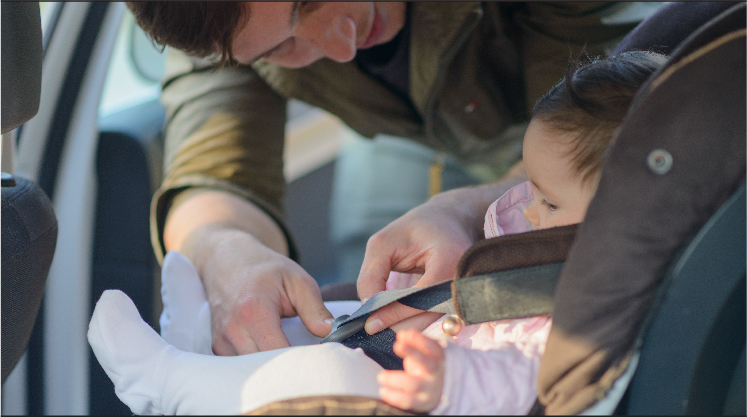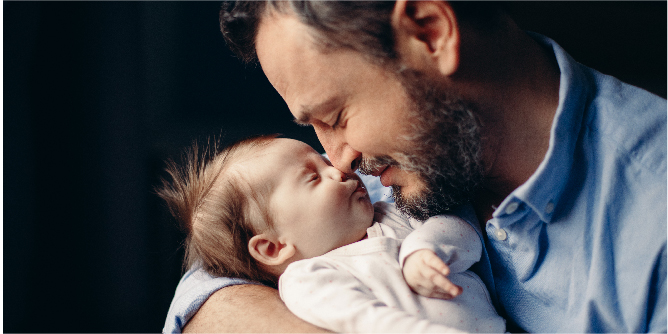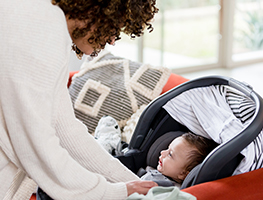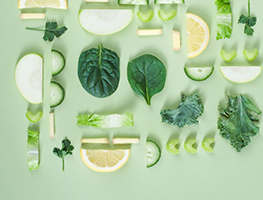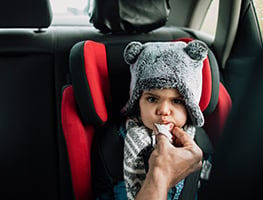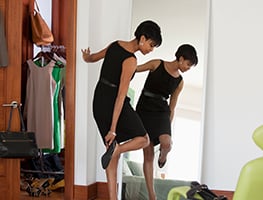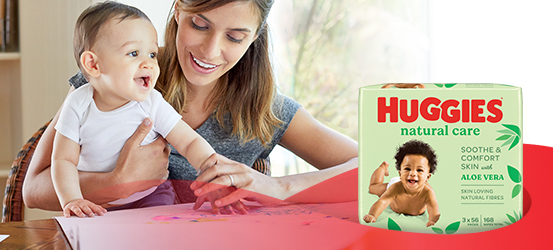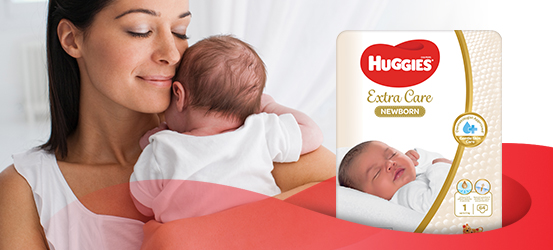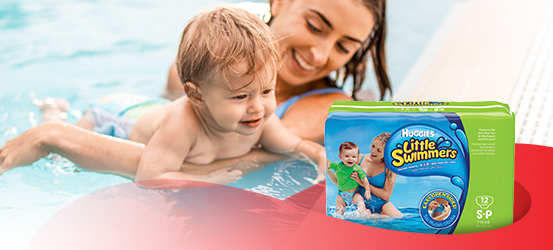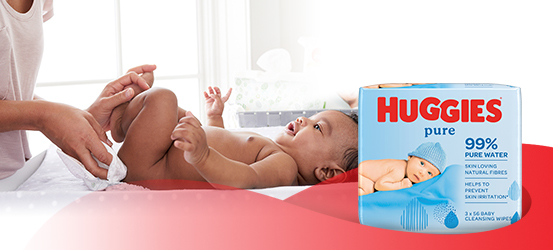Car Safety and Road Awareness
All children must be properly restrained while travelling in a car.
Weight recommendations vary, so always check the manufacturer's instructions. Here is a general guide to which restraint is appropriate for your child.
All child restraints sold in GCC must comply with compulsory specifications.
This indicates to the consumer that the child restraints are tested on a regular basis by an independent body and comply with statutory requirements, and that surveillance and removal of non-compliant products can be done. These specifications cover the manufacture, performance and safety of child restraints.
| Newborn-9 months / 0-10 kg | Infant car restraint Must be used facing rearwards at all times. In a collision, the impact will be on the seat and not on baby. Must be used with three point adult seat belt. The baby must be securely held in the seat by the harness. Use this until your baby reaches 9 - 12 kg depending on the model of car seat you own and is at least 70 cm in length. A child should remain in the reverse position for as long as possible and at a minimum to around 9 months of age. |
Birth - 5 years / 0-18 kg |
Child car restraint (forward facing)
|
2-10 years / 14-26 kg |
Booster seat with or without a harness. These safety seats are light and versatile and can be secured with a three point adult safety belt and can be used on the front or back seat with an adult safety belt. A booster seat should be used until you child’s eyes are level with the top of the rear seat. It enables an adult seat belt to be positioned safely across your child’s shoulder. |
It is important to regularly check your child's restraints to ensure that the straps are not twisted or frayed, that straps are in the appropriate position for your child's size, and that all the buckles and clasps are working properly.
These restraints should be properly fitted. If you don't know how to do it properly, contact the manufacturer.
Never use a child restraint in a front passenger seat if there's a passenger-side airbag. If you must use the front passenger seat, only because there is no rear seat, you should move the front seat back as far as it can go.
If your child needs attention while you are driving, pull to the side of the road.
Never leave your child alone in the car.
Use the child locks on rear doors until your child is at least 6 years old.
It's never too early to reinforce good road rules. When you're with your children teach them the simple rules: Check left, check right and check left again before crossing the road. It's annoying but it works. Teach your children that they should always check for cars even when the lights say ”walk”.
If you are buying a second-hand car seat or booster seat, it is essential to find out the safety history of the equipment. Never use a restraint that has been involved in an accident. Ensure the straps show no signs of wear, and the protective outer shell is not cracked or damaged.
Out with the pram
Ensure the 5-point harness is secure and keep checking that ”Houdini” hasn't managed to escape.
Ensure the brakes are working well and put these on whenever you stop.
Don't overload the pram and never make it top-heavy, otherwise it may tip over.
Remember that a pram will stick out into the traffic ahead of you. Approach a road and turn your pram to the side, check for a safe moment to cross and then turn your pram towards the curb.
Get the pram out from the back of your car before allowing your children to get out of the car.
Stranger awareness
It is never too early to start reinforcing that your baby or toddler should never take anything, or go anywhere with someone that Mommy or Daddy hasn't said is okay.
If your toddler is ever separated from you while you are out, encourage them to seek another “Mommy” for help.
If you are going somewhere that is likely to be crowded and busy like the markets or a festival, e. g. The Rand Easter Show; write your mobile phone number in large writing on the inside of their arm.
Don't write your child's name (especially not their full name) in a very visible place on their bags etc. They could be tricked into following or responding to someone who displays familiarity with their name.
At the park
Have a quick look around at the equipment in the park to ensure that it is in good order and no spiders are lurking in the corners. Make sure sand pits are clear of any sharp objects and other nasty surprises.
Encourage your children to keep their shoes on.
Set the rule that hats and sunscreen must be on when playing outside.
Try to pick a park that has a fenced area and separate toddler area. It will make the day out much more relaxing.
Supervision is the key. You can guarantee that they will attempt many perilous activities, especially if there are older children playing nearby who have better development and co-ordination.
Swings at a park are always one of the favourite activities. Teach your toddler to stay clear of a moving swing.
Be aware that if a park has braai areas, they may still be hot from previous use.
Dogs and cats
Even the most placid of animals may attack and injure a small child if provoked.
Teach your baby and toddler to respect animals. Also teach them that they must only pat a dog that has its owner with it and only if the owner has given permission.
For more information see Child safety or Parenting

